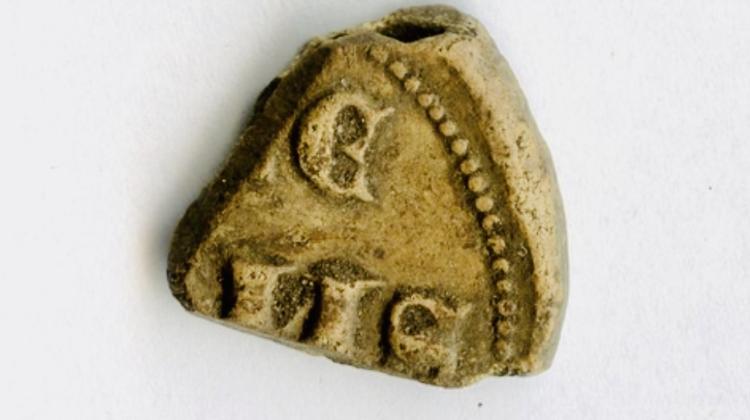Polish archaeologists to conduct research in Serengeti National Park
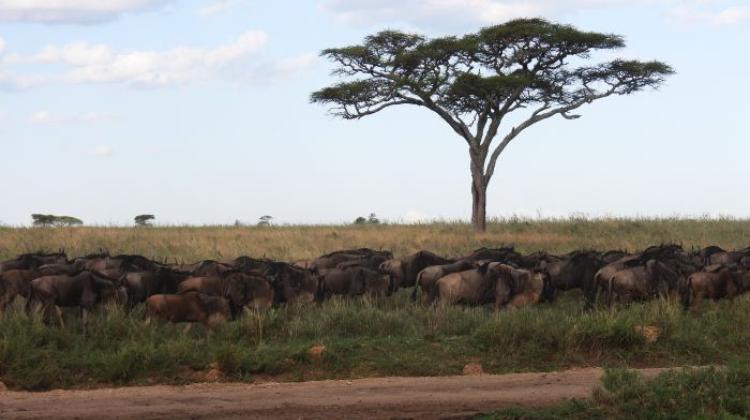 Credit: Dr. Marta Osypińska, University of Wrocław
Credit: Dr. Marta Osypińska, University of Wrocław
Archaeologists from the University of Wrocław and the Polish Academy of Sciences will conduct unique research in the Serengeti National Park in Tanzania. Among lions, rhinos and herds of zebras, they will search for the remains of the first humans and traces of their life in areas considered the cradle of humanity.
Tanzania's Serengeti National Park is the world's largest protected area, located on the highlands between Lake Victoria and the western edge of the Rift Valley, considered the cradle of humanity. It is only a few dozen kilometres from the famous Olduvai Gorge, one of the most famous archaeological sites in the world, where traces of the presence of humans and other humanoid species dating back 2.6-1.7 million years have been found.
'After the human origins research boom in the 1970s and 1980s, after the excavations and great discoveries of such celebrities as Professor John Bower and Mary and Louis Leakey, we observe that the scientific fashion for research in this part of Africa and the great African savannahs has passed slightly. Researchers' interests have shifted especially to Asia and America,’ says Dr. Marta Osypińska from the Institute of Archaeology of the University of Wrocław.
According to her, currently there are few archaeologists working in Tanzania, and research by foreign scientists is carried out mainly in the Olduvai Gorge. Apart from that, there are only a few spot excavations.
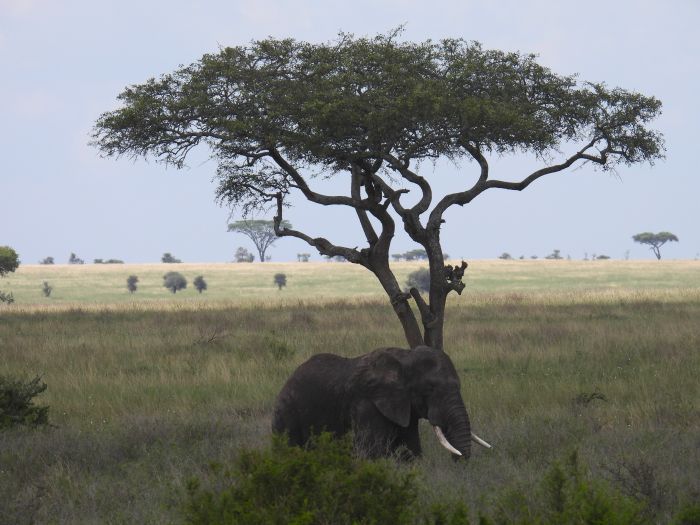
Initial archaeological work in the Serengeti, conducted about 40 years ago under the supervision of the American researcher Professor John Bower and 20 years ago under the supervision of Professor Audax Mabulla, points to the enormous scientific potential of the Serengeti, especially in the aspect of the Palaeolithic (Old Stone Age). In addition to rich collections of stone artefacts, the sites abound in perfectly preserved, mineralised bone remains.
'This is still an extremely interesting area. The world of science is very much waiting to bring new data from this place, obtained using modern methods, e.g. isotope analyses,’ says Dr. Osypińska.
Polish researchers decided to restore interest in research in Africa. Dr. Osypińska and Dr. Piotr Osypiński from the Institute of Archaeology PAS started official talks with archaeologists from the University of Dar es Salaam in Tanzania - Professor Audax Mabulla, Professor Emanuel Kessy and Dr. Frank Masele - and initiated a future research project.
The first step will be to prepare a professional map of archaeological sites in the Serengeti. To date, no map has been created to document archaeology in the Serengeti. Professor Mabulla is the only person who has the complete knowledge about the location of the sites, monuments and their chronology.
Researchers working in the project will use modern methodology (GIS) and equipment (satellite imaging, drones) and closely cooperate with scientists from Tanzania to document archaeological sites in the Serengeti area as precisely as possible in the topographic context.
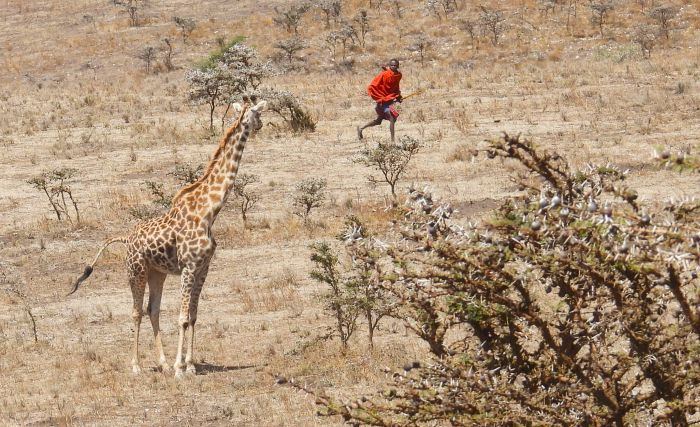
In August and September 2024, the researchers want to make a detailed map of the southern part of the park and then gradually expand this area.
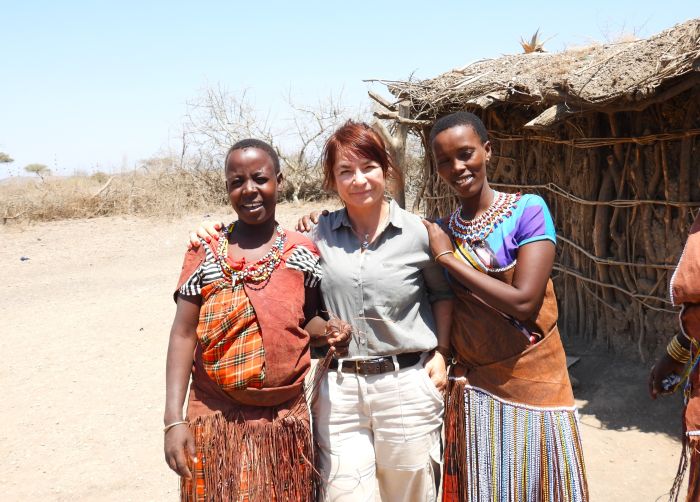
This is only the beginning, because archaeologists are waiting for a grant that they will use for their own excavations.
'We want to focus on the Late Stone Age and Middle Stone Age. This was the time when anatomically modern humans appeared. It was also a period when man was formed, acquired skills, adapted to the changing environment, learned to create tools from various raw materials, use fire, decorate the body, build houses, preserve meat. All the features that allowed us - humans - to successfully expand around the world were acquired on these East African savannahs. We perceive these savannahs, including the Serengeti, as the human cradle. The place where our last evolution took place,’ says Dr. Osypińska.
The researchers hope that they will be able to find the remains of these early humans, but also the remains of animals, because part of their research will be the history of the formation of savannah fauna, the history of the formation of humans and the oldest moments of our culture and skills.
This is one of the few Polish archaeological research projects in Tanzania. Eighteen years ago, Professor Michał Kobusiewicz worked in the country, but his research was a part of an American expedition. In 2018, archaeologist Maciej Grzelczyk discovered hundreds of rock paintings dating back several thousand years in the Swaga Swaga reserve.
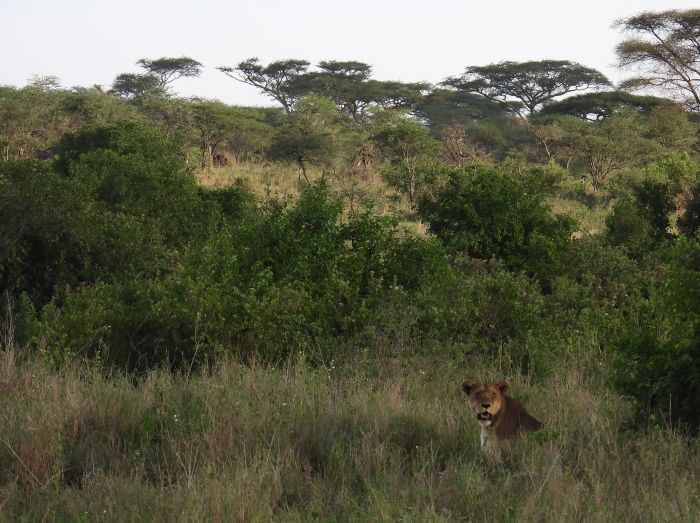
Dr. Osypińska adds that archaeological research in the Serengeti is extremely demanding logistically. There is no permanent infrastructure. It is also the biologically richest area of the planet, with the largest accumulation of 'biomass' per square metre. This means working among herds of wildebeest and zebras, among moving families of elephants and baboons, near hippos splashing in the river and among predators present everywhere: hyenas, leopards and, above all, lions.
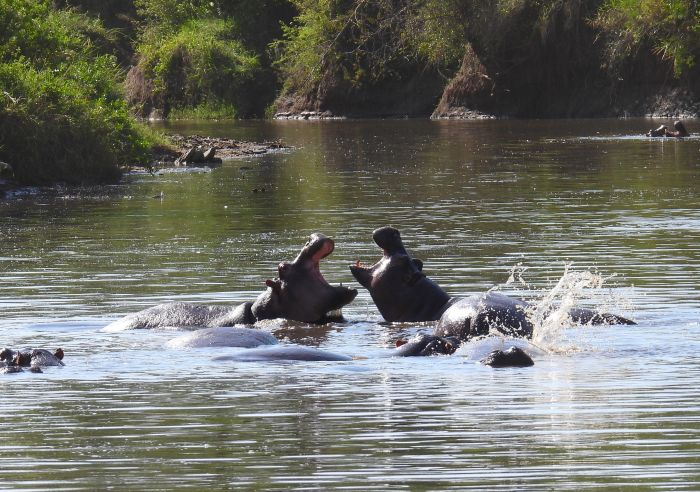
'Archaeological work must be carried out with the assistance of park rangers, with a car parked nearby with its doors always wide open and the key in the ignition. In the event of an unannounced lion visit, the only salvation will be to quickly escape to the car. This work will certainly be a challenge, we will have to learn all this and develop methods that will allow us to work with respect for nature,’ Dr. Osypińska says. (PAP)
PAP - Science in Poland, Ewelina Krajczyńska-Wujec
ekr/ bar/ kap/
tr. RL
Przed dodaniem komentarza prosimy o zapoznanie z Regulaminem forum serwisu Nauka w Polsce.







